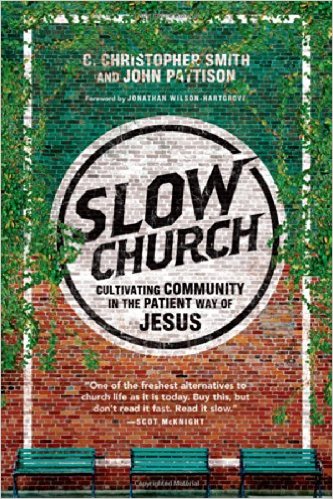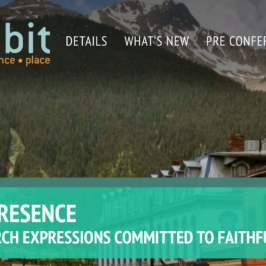One of the most distressing aspects of the Church Growth Movement is its reliance on homogeneity. Donald McGavran, the Father of the Church Growth Movement, talked about the “homogeneous unit principle.” McGavran wrote: “People like to become Christians without crossing racial, linguistic, or class barriers…The world’s population is a mosaic, and each piece has a separate life of its own that seems strange and often unlovely to men and women of other pieces.”
The Church Growth Movement literature talks about “our kind of people” (the name of a book by C. Peter Wagner, McGavran’s protégé) and says that, for the sake of the spread of the gospel, “segregation is a desired end.” We see this segregation today not just in the racial and ethnic and socioeconomic makeup of our faith communities, but in the ways our church programs partition members based on age, gender, education level, hobbies, married or single, kids or no kids, working or retired.
In contrast, the New Testament is clear that heterogeneity is one of the hallmarks of the authentic Kingdom. We are told in Galatians that for those who have “put on Christ,” there is neither Jew nor Greek, slave nor free, male nor female, “for you are all one in Christ Jesus” (3:27-29). Similarly, Colossians 3:10-11 says that we have “put on the new self, which is being renewed in knowledge after the image of its creator. Here there is not Greek and Jew, circumcised and uncircumcised, barbarian, Scythian, slave, free; but Christ is all, and in all.” The apostle Paul reminded the Gentiles in Ephesus that at one time they were separated from Christ and alienated from the commonwealth of Israel, but that they have been brought near by the blood of Jesus:
And [Christ] came and preached peace to you who were far off and peace to those who were near. For through him we both have access in one Spirit to the Father. So then you are no longer strangers and aliens, but you are fellow citizens with the saints and members of the household of God… (Ephesians 2:17-19)
Since Slow Churches seek to be deeply rooted in their individual neighborhoods, the tendency toward homogeneity might be inevitable. However, we think faith communities must constantly and proactively work against the inertia of uniformity. This is where the “rooted and linked” language of our friends over at the Parish Collective can be so helpful. The vision of the Parish Collective is to see churches, missional communities, and faith-based organizations rooted in particular neighborhoods and linked to parish initiatives in other neighborhoods. When a small church from the suburbs comes together with an intentional community from the urban core, and a rural faith-based arts organization commits to ongoing collaboration with a Spanish-speaking congregation comprised primarily of migrant workers, we get a glimpse of the reconciled diversity that is at the heart of the Kingdom of God.
This is what the Parish Collective’s annual Inhabit Conference is all about. Convening this year on April 19-20 at the Seattle School of Theology and Psychology, Inhabit is a chance for “new parish” practitioners from around the globe to come together to share stories, encourage and challenge one another, and embody in a special way the unity of the church.
I’m a veteran of Christian conferences, but Inhabit is my favorite by a mile. It’s collaborative and conversational, and my wife and I now plan our April around it. If you haven’t registered for the conference, now is the time. Last I heard there were only fifty spots left. I really hope to see you there!




One Response
Rural Church Presence
[…] you may have heard me say before, Kate and I plan the month of April around the Inhabit Conference. It is our favorite conference, […]